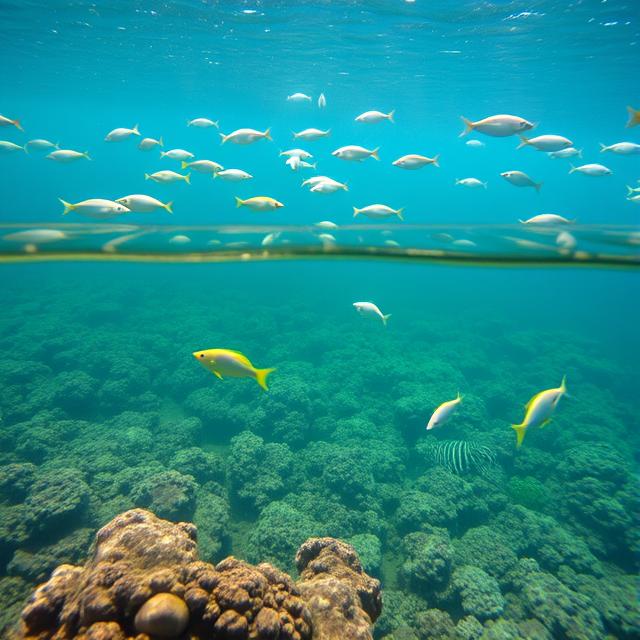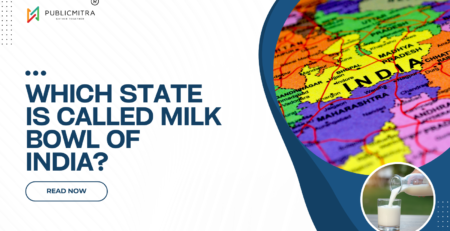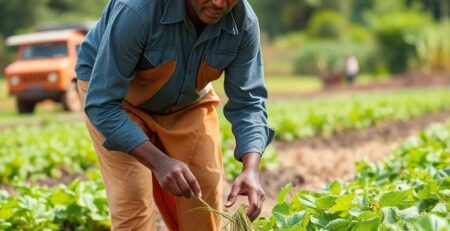Mariculture vs. Aquaculture: Key Differences and Future Trends
Introduction
The growing demand for seafood has led to advancements in aquaculture and mariculture, two essential methods of farming aquatic organisms. While both practices involve cultivating fish, shellfish, and aquatic plants, they differ significantly in environment, techniques, and sustainability.
This article explores the key differences between mariculture and aquaculture, their benefits, challenges, and future trends. We will also examine related concepts such as offshore farming, sustainable seafood, integrated multi-trophic aquaculture (IMTA), and ocean-based food production to provide a comprehensive understanding.
What is Aquaculture?
Aquaculture refers to the controlled cultivation of aquatic organisms—including fish, crustaceans, mollusks, and algae—in freshwater or marine environments. It is one of the fastest-growing food production sectors, supplying over 50% of the world’s seafood.
Types of Aquaculture
- Freshwater Aquaculture
- Includes species like tilapia, catfish, and carp.
- Conducted in ponds, tanks, or river-based systems.
- Brackish Water Aquaculture
- Farms shrimp, milkfish, and crabs in estuaries.
- Marine Aquaculture (Mariculture)
- Focuses on ocean-based species like salmon, oysters, and seaweed.
- Recirculating Aquaculture Systems (RAS)
- Uses closed-loop systems for water conservation.
What is Mariculture?
Mariculture is a specialized branch of aquaculture that exclusively involves saltwater environments, such as oceans, seas, and coastal waters. It focuses on high-value species like:
- Finfish (tuna, seabass, cobia)
- Shellfish (oysters, mussels, clams)
- Seaweed & Algae (kelp, nori, spirulina)
Key Mariculture Methods
- Open-Ocean Farming
- Uses submerged cages or pens for fish like salmon.
- Shellfish Rafts & Longlines
- Suspended systems for oysters and mussels.
- Seaweed Aquaculture
- Rope-based cultivation for edible and industrial algae.
Key Differences Between Mariculture and Aquaculture
| Factor | Aquaculture | Mariculture |
|---|---|---|
| Environment | Freshwater, brackish, or marine | Exclusively marine (oceans/seas) |
| Species | Tilapia, catfish, shrimp, carp | Salmon, oysters, tuna, seaweed |
| Farming Systems | Ponds, tanks, RAS, rice-fish integration | Offshore cages, longlines, raft systems |
| Challenges | Water pollution, disease outbreaks | Storms, ocean acidification, predators |
| Sustainability | Can be land-intensive | More eco-friendly (if managed properly) |
Benefits of Aquaculture and Mariculture
1. Food Security & Economic Growth
- Supplies high-protein food to a growing population.
- Creates jobs in coastal and rural communities.
2. Reduced Overfishing
- Alleviates pressure on wild fish stocks.
3. Environmental Benefits
- Seaweed farming absorbs CO₂ and reduces ocean acidification.
- Bivalve aquaculture (oysters, mussels) filters water naturally.
4. Technological Advancements
- AI & IoT monitor water quality and fish health.
- Automated feeding systems optimize growth rates.
Challenges and Sustainability Concerns
Aquaculture Challenges
✔ Water Pollution – Excess feed and waste can harm ecosystems.
✔ Disease Spread – High-density farms risk infections like sea lice.
✔ Dependence on Wild Fish for Feed – Unsustainable for some species.
Mariculture Challenges
✔ Ocean Pollution – Plastic waste and abandoned gear.
✔ Climate Change Impact – Rising temperatures affect species survival.
✔ Regulatory Hurdles – Strict laws on offshore farming.
Sustainable Solutions
- Integrated Multi-Trophic Aquaculture (IMTA) – Combines fish, shellfish, and seaweed for balanced ecosystems.
- Alternative Feeds – Insect-based or plant-based proteins reduce reliance on wild fish.
- Offshore Expansion – Deep-sea farms minimize coastal congestion.
Future Trends in Aquatic Farming
- Deep-Sea Mariculture
- Floating farms in international waters.
- Lab-Grown Seafood
- Cellular aquaculture for sustainable protein.
- AI-Driven Smart Farms
- Sensors and drones for real-time monitoring.
- Carbon-Neutral Aquaculture
- Seaweed farms as carbon sinks.
Conclusion
While aquaculture encompasses all water-based farming, mariculture specifically focuses on ocean-based species. Both play crucial roles in global food security but face unique environmental and operational challenges.
The future lies in sustainable practices, technological innovation, and policies that balance production with ocean conservation. As demand for seafood rises, mariculture and aquaculture must evolve to meet the world’s needs responsibly.








